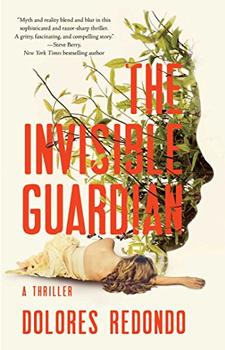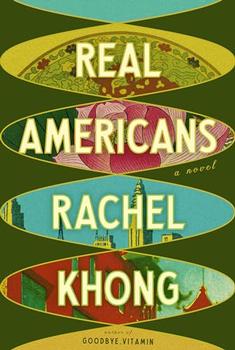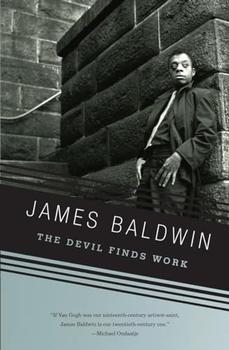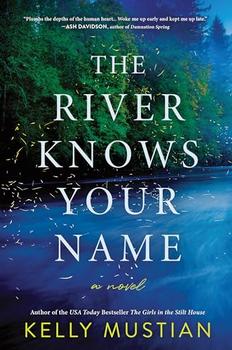Summary | Excerpt | Reading Guide | Reviews | Beyond the book | Read-Alikes | Genres & Themes | Author Bio

An intoxicating and spirited blend of fantasy, mythology, and history, Something Red features the most fascinating of characters, as well as an epic snowstorm that an early reader described as "one of the coldest scenes since Snow Falling on Cedars."
During the 1200s in northwest England, in one of the coldest winters in living memory, a formidable middle-aged Irishwoman and the troupe she leads are trying to drive their three wagons across the mountains before the heavy snows set in. Molly, her powerful and enigmatic lover, her fey granddaughter, and her young apprentice, soon discover that something terrible prowls the woods. As the group travels from refuge to refuge, it becomes apparent that the mysterious evil force must be faced and defeated - or else they will surely die.
An intoxicating and spirited blend of fantasy, mythology, and history, Something Red features the most fascinating of characters including shapeshifters, Irish battle queens, Norman knights, Templars, pilgrims, Saracens, a Lithuanian noblewoman, warrior monks, strong - even dangerous - women, and ten murderous mastiffs, as well as an epic snowstorm that an early reader described as "one of the coldest scenes since Snow Falling on Cedars."
Something Red is not your run-of-the-mill horror novel, and is more likely to appeal to historical fiction readers than to horror aficionados. Nicholas’s beautiful prose, his detailed portrayal of life in medieval England, interesting characters, and underlying supernatural themes make this book a real gem. It’s without doubt one of my favorites of the year and I eagerly await the next entry in what I hope will be a series...continued
Full Review
(786 words)
This review is available to non-members for a limited time. For full access,
become a member today.
(Reviewed by Kim Kovacs).
Something Red is set in 13th century England, in the latter part of what is known as England's High Middle Ages (essentially the time period from the Norman conquest in 1066 to the end of the reign of the last Norman king in 1272).
Although English life was beginning to change with the gradual development of cities, the economy was still mostly agrarian in the 1200s, with 90% of the population (estimated to be around four million people in 1300 AD) making their living off the land, either as farmers (growing wheat for personal use or other grain crops to feed livestock) or herders (mostly sheep and goats). Villages and towns primarily served as commercial centers that were reached by poorly maintained mud roads; the only large city ...
This "beyond the book" feature is available to non-members for a limited time. Join today for full access.

If you liked Something Red, try these:

by Dolores Redondo
Published 2017
Already a #1 international bestseller, this tautly written and gripping psychological thriller forces a police inspector to reluctantly return to her hometown in Basque Country - a place engulfed in mythology and superstition - to solve a series of eerie murders.

by S.D. Sykes
Published 2016
In this chilling historical mystery, young girls go missing from a medieval English village and Lord Oswald de Lacy must find the killer before tragedy strikes again.



A library is thought in cold storage
Click Here to find out who said this, as well as discovering other famous literary quotes!